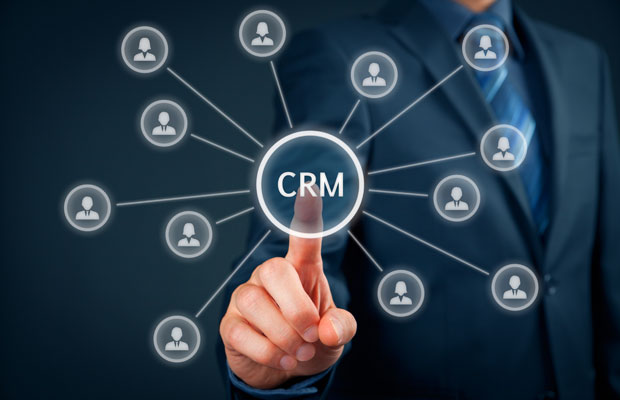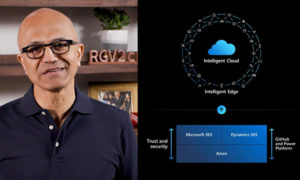Temkin Group on Tuesday predicted 2016 will be the year of emotion.
That’s one of 11 customer experience trends to watch for in the coming year, managing partner Bruce Temkin wrote in a blog post.
“Emotion is the component of customer experience that has the largest impact on loyalty, but it is also the area where companies are least adept and often seemingly ignore,” he wrote.
Temkin Group examined the connection between the three elements of an experience — success, effort and emotion — and multiple loyalty factors, including intention to make another purchase, recommendations and forgiveness, across 20 industries, Temkin told CRM Buyer.
“In almost all cases, consumers have the highest loyalty when they give high emotion ratings and the lowest loyalty when they give a low emotion rating,” he said.
The number of companies discussing, measuring and designing for emotion will surge next year, Temkin predicted.
Defining Emotion
Temkin Group uses “a generic emotion scale, from upset to delighted,” he disclosed, but that’s only one dimension of emotion. Companies “should examine the emotions that are defined by their brand promises. Do they want to make customers feel secure, cared for, excited? Or do they want them to be happy, entertained, and energized?”
Every company should develop a unique sense of the emotions it wants to elicit from customers, Temkin recommended.
Companies “need to have a strong sense of the specific customer and an understanding of the context for an interaction,” he observed.
“Emotion is a core component of customer experience. If a grandma is calling a tech support agent with a broken computer, that’s a different emotional setting than if a teenager calls support to get a gaming code,” Temkin noted.
Emotion also is critical to sales staff, said John Golden, chief strategy officer atPipeliner CRM. “Making sure the customer feels supported and understood during the buying process is critical.”
The Feeling’s The Thing
“It’s not just how you feel in isolation, it’s the whole package,” said Mike Jude, a research manager at Frost & Sullivan. The emotions have to be part of the customer’s experience.
“There were amusement parks for 100 years before Disneyland was built, but the difference was, Disneyland was an experience,” he told CRM Buyer. “It was context, not just a bunch of rides. It was paying attention to the feelings of the people experiencing the rides.”
The way the music is mapped to the rides, the way customers get into the rides, and how Disney employees working on the rides are dressed “is all integrated,” Jude noted.
Apple “has learned that lesson well, and people buy the Apple experience,” he said. “There are plenty of smartphones out there, but the Apple experience goes all the way down to the wrapping paper and the box.”
Temkin Group’s Other Trend Selections
The other trends Temkin Group sees for 2016 are as follows:
- The increasing change to a customer-centric culture
- Greater measurement of effort
- More customer journey mapping
- The move to mobile apps
- Piloting of speech analytics projects
- Personalizing predictive modeling
- A shift from tracking metrics to enabling action
- The emergence of value as a service offering
- Employee training in customer experience and empathy
- The maturing of the customer experience profession
Temkin’s prediction that companies will move from tracking metrics to enabling action “is compelling because metrics are only as good as the actions they prompt. You can have all the data in the world, but if you can’t quickly turn it into actionable insights, it remains vaguely interesting at best,” Pipeliner CRM’s Golden said.
“Focused insights [lead to] focused actions,” he told CRM Buyer.
“If companies understand these trends, they can decide which ones apply to them in the near term,” Temkin said. Otherwise, they “will fall behind.”



























































Social CRM
See all Social CRM